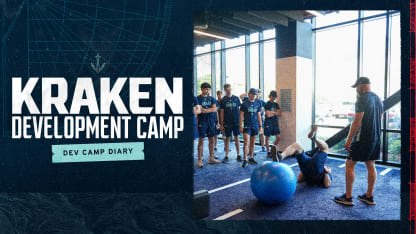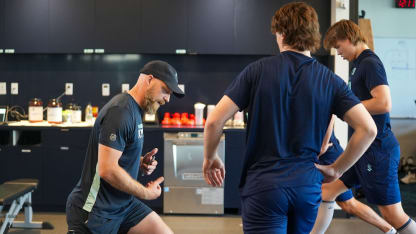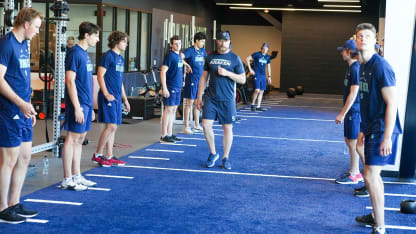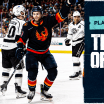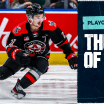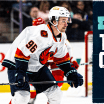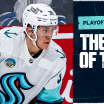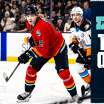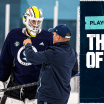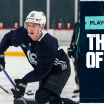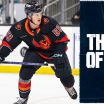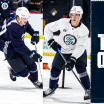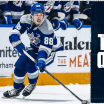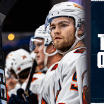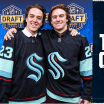At a development camp, there's a lot more work going on behind the scenes than just what you might see from coaches and players on the ice. For Nate Brookreson, Kraken head strength and conditioning coach, the week is about giving attendees the tools to develop their bodies in the right way to be the best players they can be at the NHL level.
Dev Camp Diary: Taking Shape
Development happens in more areas than just on-ice skill - strength and conditioning education and evaluation are an important part of Kraken prospects' camp experience
